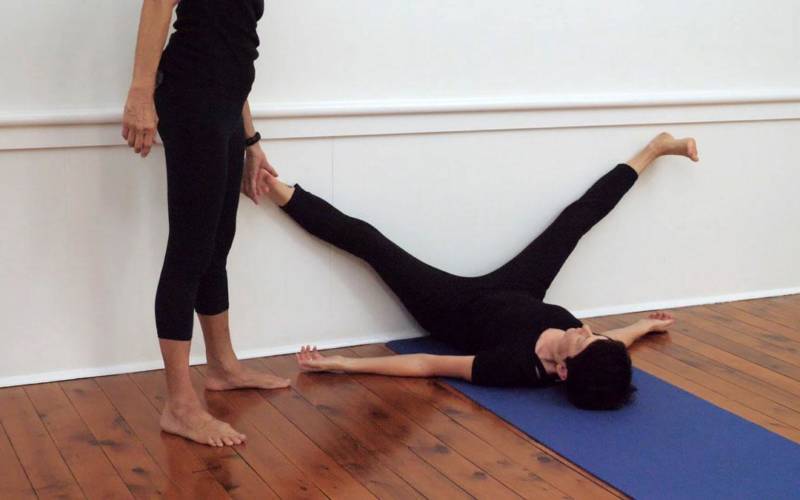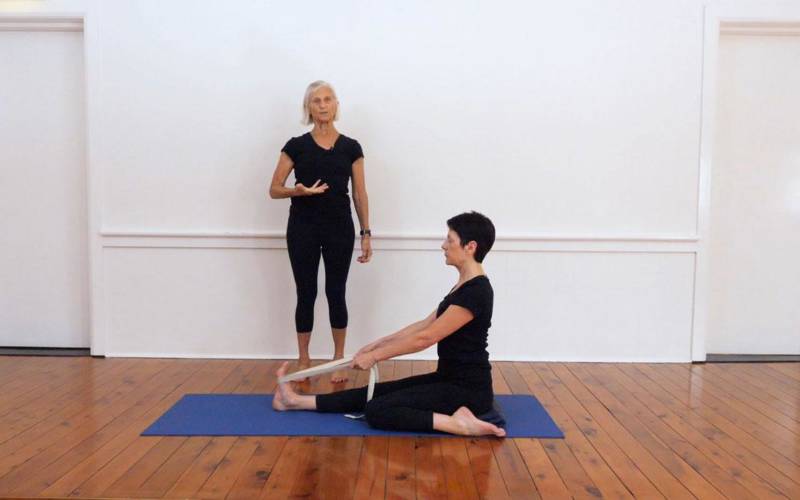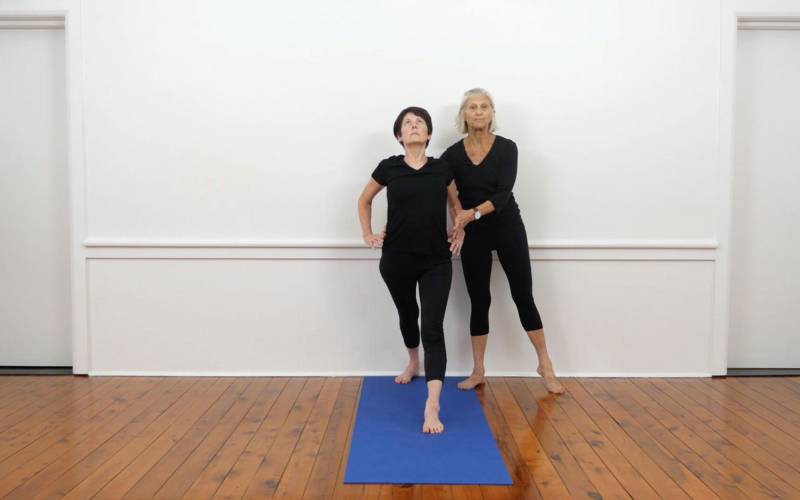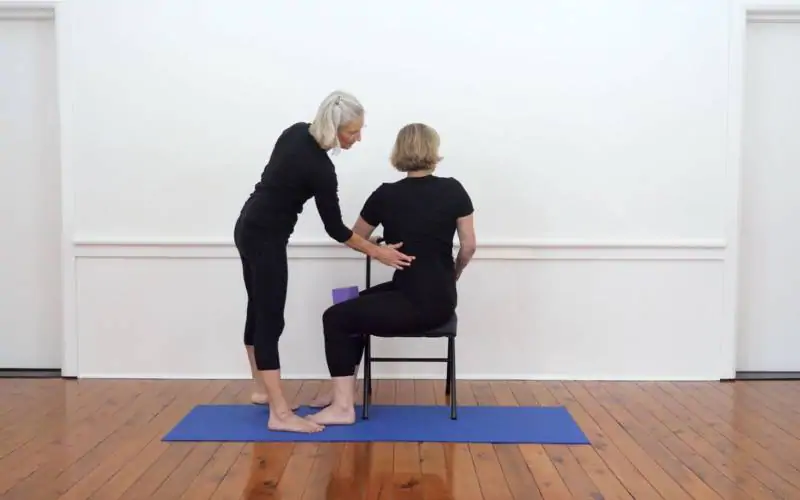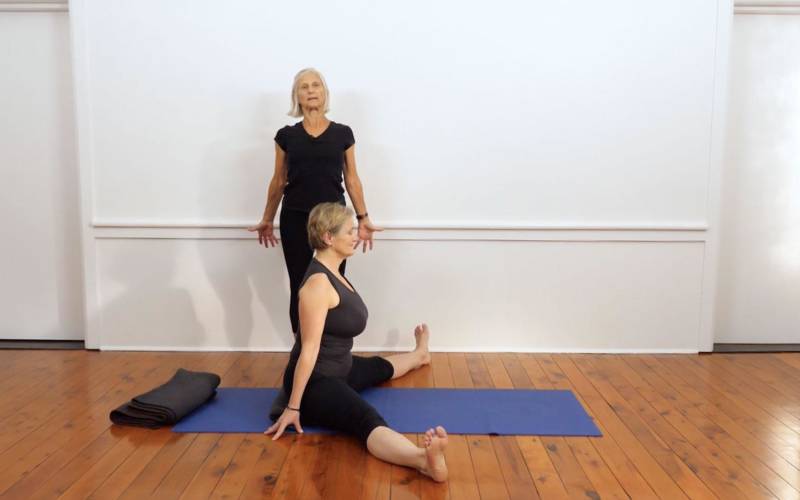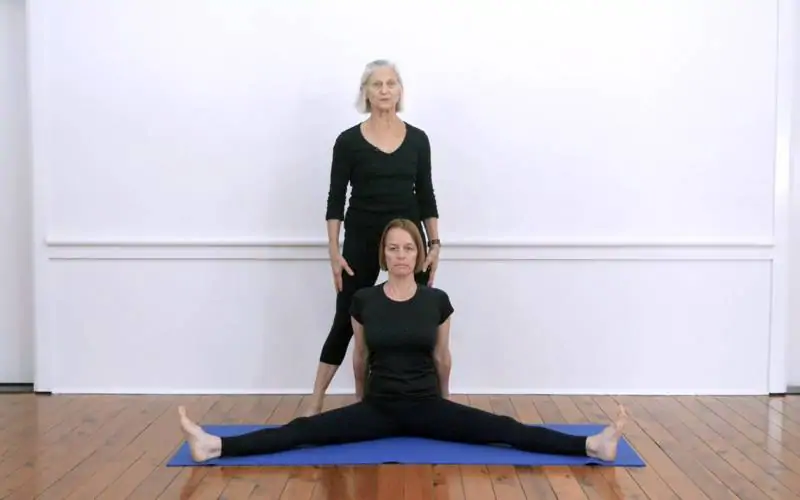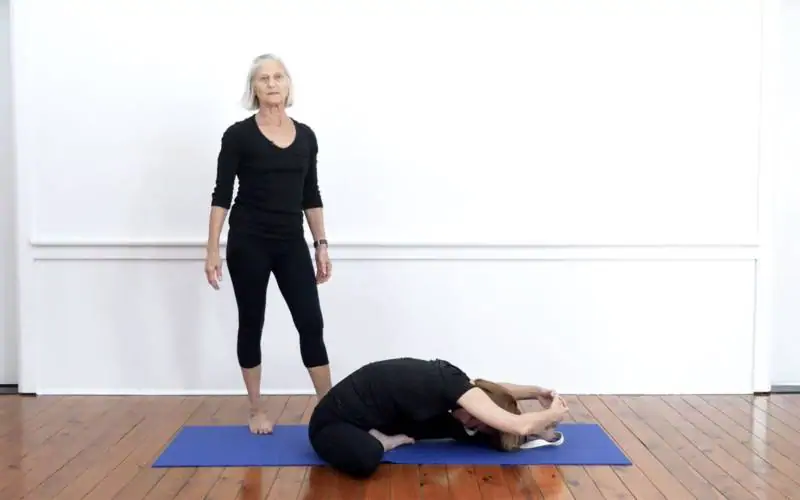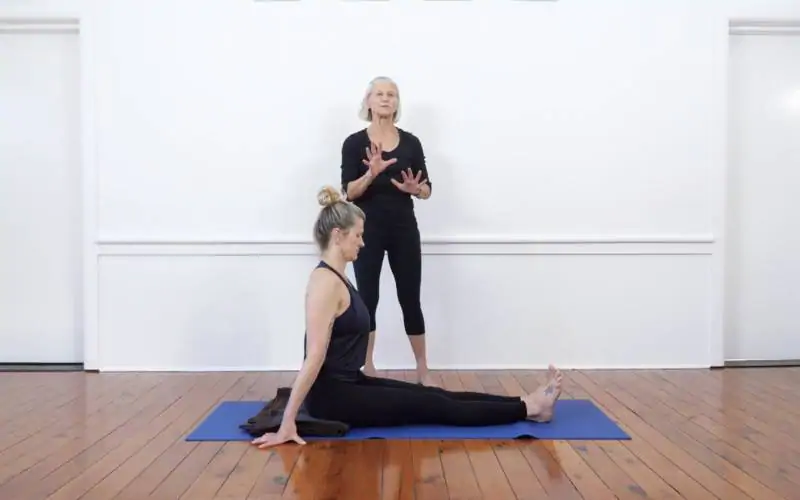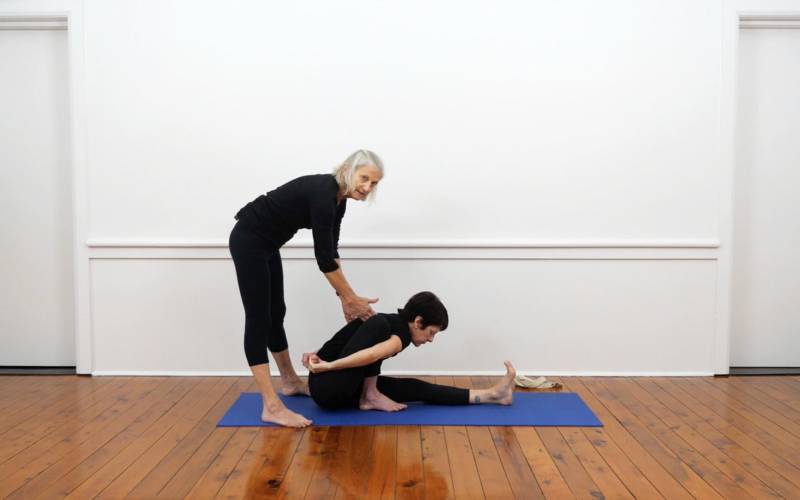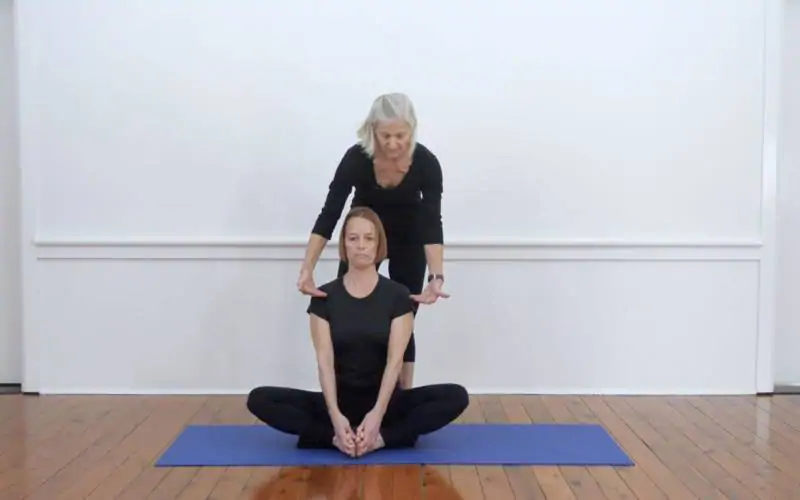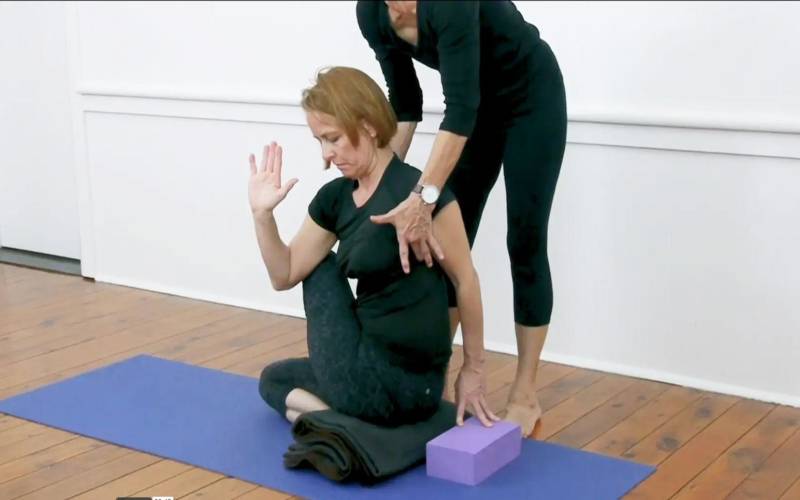Found 112 results, page 5 of 5
What are sitting and forward bend asanas?
In yoga, there are seated forward bends and standing forward bends.
Examples of standing forward bends are Uttanasana (Standing Forward Bend), Prasarita Padottanasana (Wide-Legged Forward Bend), and Adho Mukha Svanasana (Downward-Facing Dog Pose). All these poses are also examples of mild inversions. They help stretch the hamstrings and elongate the spine. They get you used to being upside down and are a good warm-up for full inversions.
Seated forward bends are calming. They are usually practiced towards the end of the sequence. They help calm your nerves and soothe your mind. Seated forward bend asanas stretch your spine and neutralise the effects of inversions. Examples include: Paschimottanasana (Seated Forward Bend), Janu Sirsasana (Head-to-Knee Pose), Marichyasana 1 (Pose Dedicated to the Sage Marichi 1), and Upavistha Konasana (Wide-Angle Seated Forward Bend).
How to do forward bend asanas in yoga
Forward bends can be challenging, especially for beginners. BKS Iyengar underlined the importance of body consciousness. Beginners usually think the goal of a forward bend asana is to reach the toes. As a result, they don’t lay the foundations, necessary to reap all the benefits of proper practice.
The aim of forward bend asanas is to stretch the hamstrings and elongate the spine one vertebra at a time. If you jam yourself into the pose, you can cause wear and tear in your muscles and spine. Prolonged improper practice can lead to long-term damage.
Know your limits. In seated forward bends use a cushion under your buttocks to help you tip from your pelvis. It is also useful to use a belt to reach your toes in Paschimottasana or Janu Sirsasana. When practicing standing forward bends place your hands on your shins or use blocks under your hands to give you extra height.
Don’t forget to breathe correctly. As you inhale, assess the pose. As you exhale, fold deeper. With time and regular practice, you will be able to improve your flexibility and do forward bend asanas without props.
What are forward bends good for?
Forward bend asanas have many pronounced benefits for the body and mind. They quieten the mind and are good for preparing you for meditation. They stretch the back of the body and massage the abdominal organs (improve digestion). Standing forward bends help increase blood flow to your upper: this helps restore heart and organ function after strenuous exercise.
